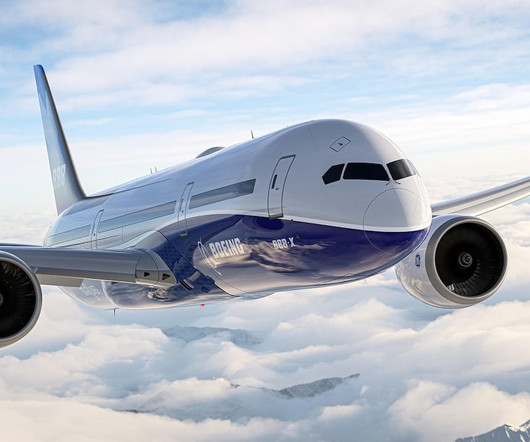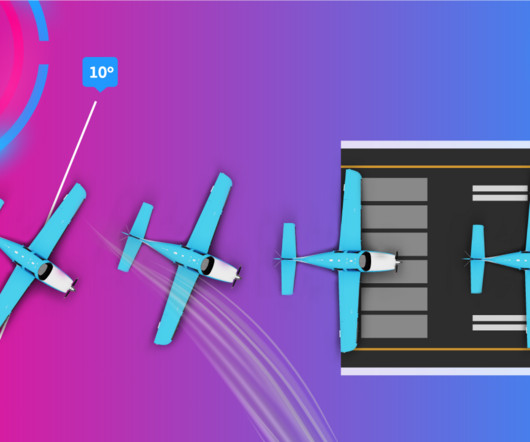Everything You Need To Know About Ailerons
Pilot Institute
FEBRUARY 20, 2025
Key Takeaways Ailerons control the aircrafts roll by adjusting lift on each wing. Adverse yaw is a side effect of aileron use, countered by rudder input. Roll or bank is the aircrafts movement about its longitudinal axis. The aircrafts wing is able to generate lift due to its shape. Why does this increase the lift?











Let's personalize your content